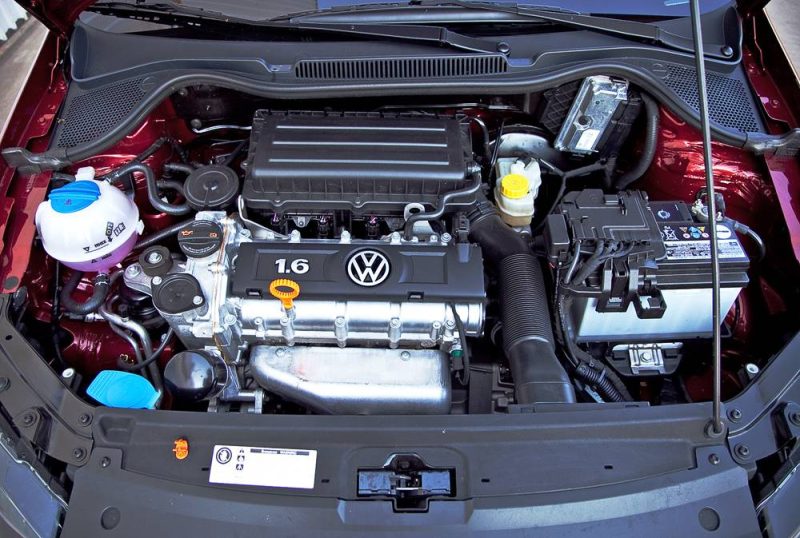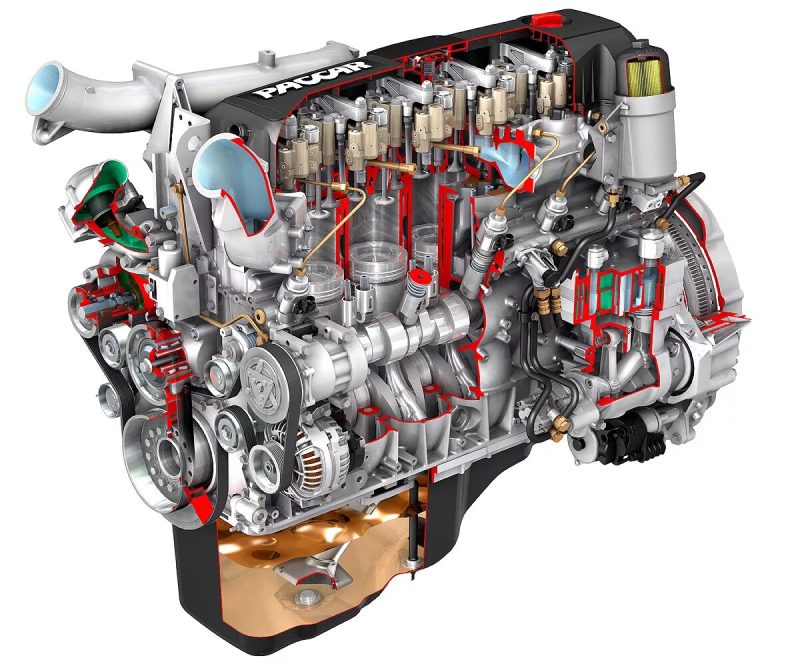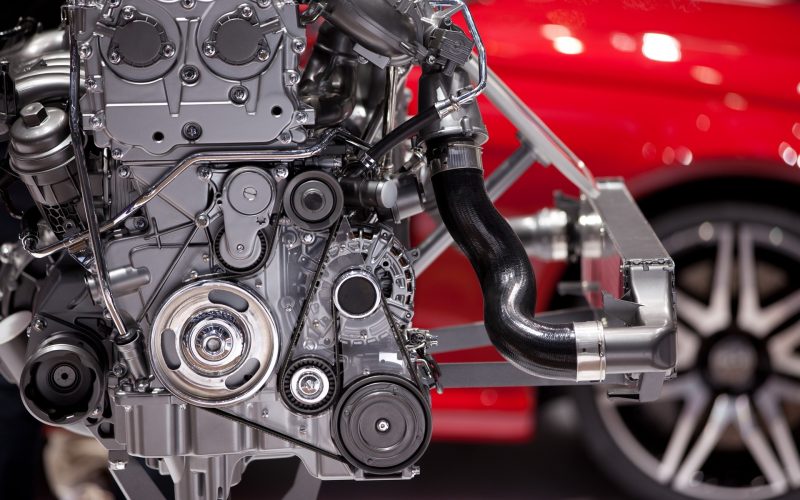In general, most drivers judge cars by engine power, implying that the more powerful the car, the faster it is for the same weight and type of drive. However, in reality, for example, a car with an 80 hp diesel engine can start faster than the same car with a 110 hp gasoline engine. The point is that not only horsepower is important for acceleration dynamics, but also maximum engine torque. We tell you what torque is in simple words, in what units torque is measured and how it is related to power.
What is torque
What is engine torque: in simple terms, it is the thrust that a motor produces. When the engine is running, it turns the wheels with a certain amount of force. This force divided by a unit of length (e.g. the radius of the wheel) is the torque. For a particular motor, torque depends on many factors, from displacement to the shape of the camshaft cams. The more torque the engine produces, the harder it can push the car forward.
Due to their design and operating principle, internal combustion engines have a very non-linear torque characteristic. Therefore, if a figure of 150 Nm is specified in the engine characteristics, this is its maximum value. It is achieved at the peak, at full throttle and usually in a narrow range of revolutions. However, there are also motors with a “shelf” on the torque graph, when the thrust remains stably high with increasing engine speed – this is possible with the use of turbocharging. So the rpm of maximum torque depends on the type and design of the engine.

Let’s return to our conventional cars: so why does the one with a diesel start faster? Because it generally has higher torque, also at low revs. Diesels are fundamentally different in design from gasoline engines. They have higher efficiency due to the higher energy content of diesel fuel and compression ratio. This means that more energy from the burned fuel performs useful work, that is, goes to create torque. Because of this feature of diesels, they are actively used in commercial vehicles.
What is the torque of an engine
Torque is the product of the force on the shoulder. Therefore, its unit of measurement in a car is the newton-meter (newton multiplied by a meter) or, for short, N-m or Nm. Of course, in a motor there is no such an obvious arm as in the pictures in the textbook. Instead of a single arm, there’s a complex mechanism. And the force is created by the expanding gases in the combustion chamber. Unlike power with its kilowatts and horsepower, alternative scales are rarely used in designating thrust: when they talk about torque, the units of measurement are usually newton-meters.
How torque differs from power
We have found out what the engine torque depends on and what the thrust affects. Now it’s time to remember about power.
Let’s start again with physics: engine power is equal to the product of torque divided by the number of revolutions divided by a factor of 9549 (N=M*n/9549). The result is in kilowatts. To convert it to the more familiar metric horsepower, you need to multiply it by another 1.36.

For an ordinary passenger car, the maximum torque lies within the range of about 150-300 Nm (in diesel cars it reaches 350-400 Nm), with most modern production gasoline engines spinning up to 6000-7000 rpm. Diesels today lag behind a little – 5000-5500 rpm. Moreover, to spin the crankshaft up to such speed and, accordingly, the wheels connected to it, you also need a certain thrust. Thus, it turns out that power is a value derived from torque. The higher it is, the more powerful the motor is than its competitors.
There’s a simpler explanation for people who don’t know anything about engineering. Good traction will help you pull a heavy trailer or spin your wheels in the sand. And with high power, you can reach higher speeds if there are no limits.
Can torque be increased
In theory, it’s possible. The fact is that in an internal combustion engine, torque depends almost directly on cylinder filling – the more air and, consequently, fuel that enters and burns, the more thrust the engine produces. However, engine designs are designed for certain traction characteristics. It is possible to increase torque (and power), but this usually means a reduction in service life. There are globally two ways: mechanical and electronic.

Electronic means changing the engine management program, increasing the amount of air and fuel in the cylinders: due to higher boost pressure, different valve opening phases or injection and so on. Manipulations with the program (chip tuning) in turbo engines can “remove” up to 20 percent of the additional torque without fundamentally changing the design. But for “atmospherics” it is usually more modest 5-7 percent.
The mechanical way is to change the geometry of the cylinder-piston group, intake and exhaust systems, as well as increasing the volume of cylinders. The method is expensive, so it is usually used only for sports cars.
Anyway, a significant increase in torque is fraught with loss of safety margin, more intensive wear and, as a consequence, shortening of the engine life before overhaul.
Totals
- Torque is, in simple terms, the power of the engine.
- Torque is measured in Nm (newton-meters).
- Turbo engines (including diesels) have a high torque is achieved at low speeds, atmospheric engines – usually at medium or above average.
- Any tuning of the motor to significantly increase torque leads to a loss of engine life.
